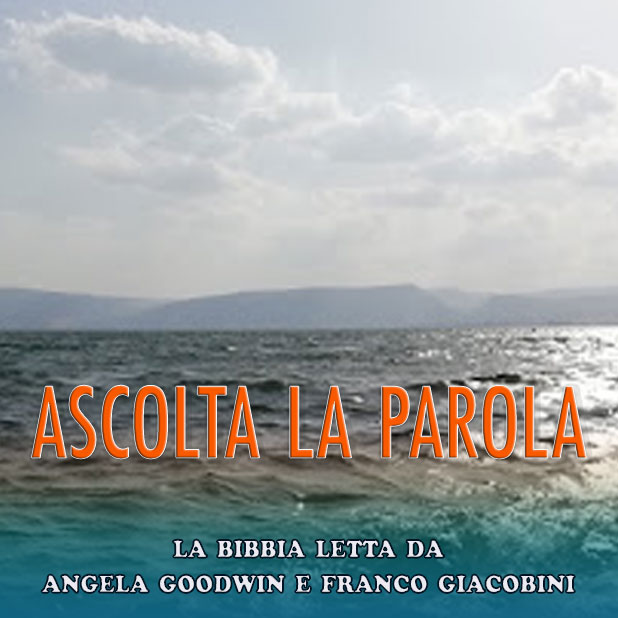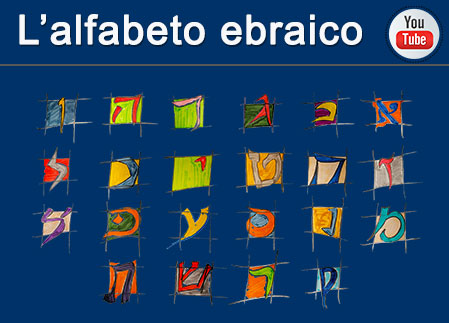28/05/2015 Maria Brutti 7583
Paideia Editrice, 2012 - Brescia
Collana: Testi del Vicino Oriente antico, 6.2
This small volume contains 18 letters from the time of the Second Jewish Revolt against Rome (132-135 CE) found in the Wadi Murabba’at and Nahal Hever caves in the Judean Desert, twelve of them from Sim'on Bar Kokhba, the leader of the revolt. Corrado Martone first describes the historical context of the revolt, followed by the reconstructed texts in their original language, four in Hebrew (BK 1, BK 2, BK 3; BK5), eight in Aramaic (BK 4, BK 6, BK 7, 8 BK, BK 9, BK 10, BK 11, BK 15), and three in Greek (BK 16, BK 17, BK 18), while BK 12, BK 13 and BK 14 are too fragmented to identify the language with any certainty. There is also a fully annotated Italian translation with two appendices, a bibliography, a page of concordances and an index of the passages quoted.
A brief introduction outlines some of the historical and archaeological issues, with short sections on the Sources (14-17), the Events (17-21), the Revolt itself (22-30) and the figure of Bar Kokhba as seen in the past and in the present (30-34). In the second part of the book Martone, after briefly describing the circumstances of the discovery, presents the text of the letters listed in order of their first publication: those found in Wadi Murabba’at in 1961 and published by J. T. Milik in DJD 2 (although the first letter of this series had already been pub- lished in 1953 — see J. T. Milik, “Une lettre de Simeon Bar Kokheba”, RB 60 [1953] 276-294), and those from Nahal Hever published in the volume 3 of the Judean Desert Studies 2002 (JDS): Y. Yadin – J. C. Greenfield – A. Yardeni – B. Levine, The Documents from the Bar Kokhba Period in the Cave of Letters: Hebrew, Aramaic and Nabataean Papyri (Jerusalem 2002) 277-368.
Martone adds two Appendices, the first (Appendix A: 79-82) containing a document in Aramaic concerning the emoluments granted to a widow (discovered in 2009, it was originally published in 2011 by E. Eshel – H. Eshel – A. Yardeni, “A Document from «Year 4 of the Destruction of the House of Israel»”, Dead Sea Discoveries 18 (2011) 1-28). In Martone’s opinion this is relevant because it dates back to “the fourth year of the destruction of the house of Israel”, which he interprets as being during the Second Jewish Revolt, although other interpretations are possible.
In the second appendix (Appendix B: 83-88), entitled “The Bible of Bar Kokhba”, the author takes some of his earlier reflections on the formation of the Hebrew text and the possibility of the existence of a standard text of the Hebrew Bible (“Osservazioni sulla formazione del testo biblico e la testimonianza di Qumran e delle antiche versioni”, in: A. Balbo, F. Bessone, and E. Malaspina (edd.), Tanti Affetti in tal Momento: Studi in Onore di Giovanna Garbarino [Ales- sandria 2011] 589-92), and adds a list of Biblical manuscripts found in caves close to the sites of the discovery of the letters. However, both appendices, while interesting, seem rather distant from the main topic of the book itself, shedding little further light on our understanding of the subject.
Generally Martone is cautious both in the reconstruction of the text and in its interpretation, substantiating his choices, in some cases but not all, with detailed explanations. However, he does not dwell on the formulaic features that characterize the epistolary style in letters nor on the use of different languages (see instead Lutz Doering, Ancient Jewish Letters and the Beginnings of Christian Epistolography [Tübingen 2012] 72-78).
With regard to their historical value, Martone points out that the fragmentary nature of the letters provides little data for the historical reconstruction of the events and that the most important contribution to research is the name of the leader of the revolt, explaining that Rabbinic sources refer to Bar Kozbah, while the Christian sources use different forms of the name, the most common being Bar Kokhba. However, 12 of the letters themselves are in the name of the leader of the revolt, given as Simeon Bar Kosba (Sˇ im'on son of Kosba). This discovery, as Martone says, requires further investigation in relation to the meaning of the name.
Martone refers first to the Jewish sources and in particular to the tradition of R. Akiva in Jerushalaim Talmud (jTalmud 4:8) who sees in the name of Bar Kokhba, “The Son of the Star”, a reference to the Messianic promises in Num 24,17, but underlines the uncertainty of this tradition. Further on in the text Martone talks about a radically different interpretation of the meaning of Bar Kochba, which Martone claims the Talmud changes after the defeat by the Romans from “The Son of the Star” to “The Son of the Lie”.
The issue is a complex one. P. Schaefer points out the difficulties in the interpretation of the most famous saying of R. Akiva, actually a composition of three different parts, where one of the two other comments by other Rabbis seems to repudiate the Messianic interpretation (jTa'anit 4:8 / 27). Indeed, even the attribution to R. Akiva of the jTalmud dictum itself is not completely secure. Moreover the difficulty of dating Jewish sources means that it is difficult to establish the sort of linear progression with positive and negative reference to the leader of the revolt implied by Martone. Indeed the sources would appear to be more nuanced in both their references and timeframe (see P. Schäfer, “Bar Kokhba and the Rabbis”, in: P. Schäfer (ed.), The Bar Kokhba War Reconsidered: New Perspectives on the Second Jewish Revolt Against Rome [Tübingen 2003] 2-4).
Martone then quotes the Christian sources; Eusebius is especially important with regard to the name of the leader of the revolt and the attitude toward him. Bar Kocheba is interpreted in the “star” meaning, but Eusebius states ironically that he is rather “a murderer and a robber”. Martone feels that the letters give an important insight into the personality of Bar Kokhba as the military head of the Judaic Revolt, portraying him as an authoritative, harsh leader. Interestingly Martone links this, albeit briefly, to modern times with J. Harkabi’s “The Bar Kokhba Syndrome” which compares Bar Kokhba with the policy of the Israeli government today, an unusually ideological choice for an academic publication.
Possibly a more detailed discussion in the first part of the work would have been useful to a better understanding of the value of the whole. Some aspects of the content are particularly interesting, but lack somewhat in development, especially in reference to what has been called the “religious praxis” (Doering: 66). In particular, references to the observance of the Sabbath (BK 2, BK 4) and the preparations for the festival of Sukkoth (see Doering: 67-70) would have helped the reader by providing a greater knowledge of the Judaism of the time and its practices and providing more context.
In conclusion, the Bar Kokhba letters, despite their fragmentary nature, are undoubtedly of considerable interest, but the issue is whether they fully meet the scientific demands of the scholar in the form in which they are presented in this book, although the work is clearly beyond the scope of a non-academic readership. A more complete critical edition in Italian would be desirable.
Maria BRUTTI - Orientalia, 83/2 (2014)
Studi, recensioni, "pillole"...
Ultime novità nel sito
- 19/04/2020: Articolo - L’enigma della Maddalena
- 23/02/2020: Articolo - Il locus amoenus nelle catacombe ebraiche e cristiane di Roma
- 16/02/2020: Articolo - Il profetismo nel Vicino Oriente antico
- 13/02/2020: Articolo - I Profeti della Cappella Sistina
- 09/02/2020: Articolo - Gerusalemme e la Terra Santa di Israele


